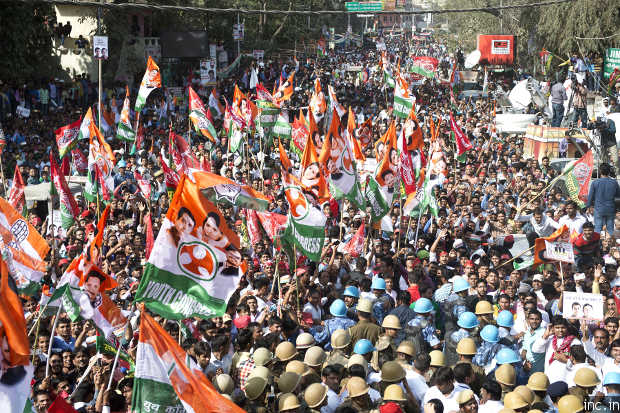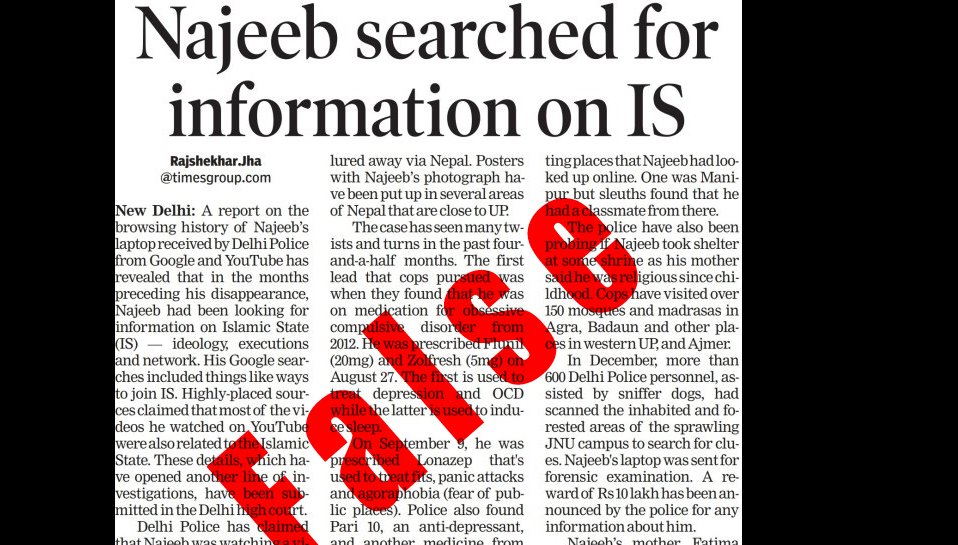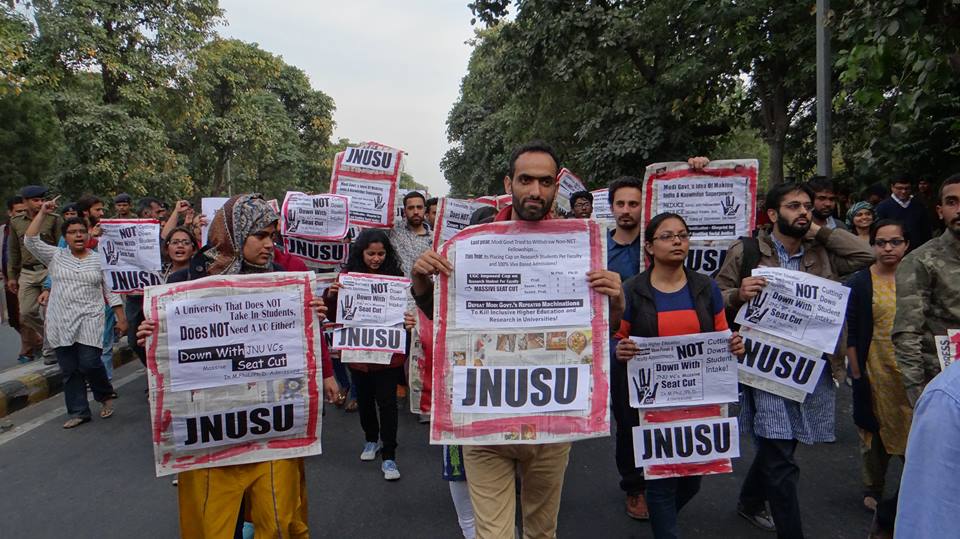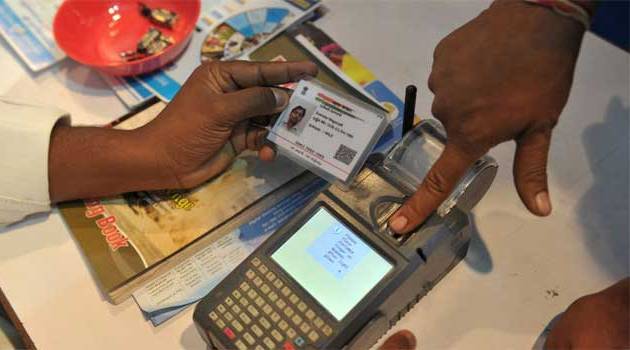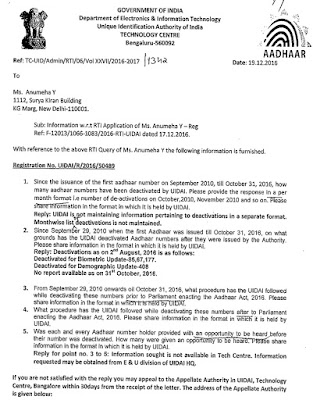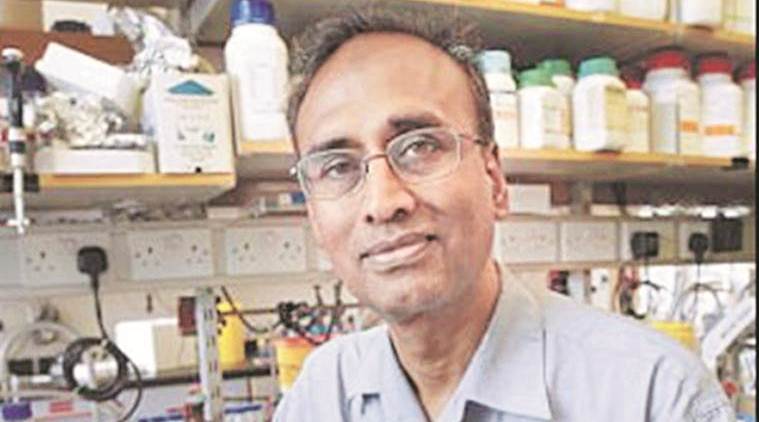Aluminum of MSU, Vadodara & Nobel Laureate Venkataraman Ramakrishman has in a strongly worded letter assailed the university's move to trivialise the curriculum.

Venkatraman Ramakrishnan Image: Indian Express
On the university’s move, he wrote: “Instead of giving prominence to these real contributions [by people like (C V) Raman, S N Bose, J C Bose and (Meghnad) Saha and the invention of zero and the positional number system in the past], it is disappointing that the university chose to print an official diary that ascribes to figures from religious scriptures discoveries that belong to modern science, such as nuclear technology, airplanes and cosmetic surgery. The people who did this may think they are being patriotic, but in fact they are bringing disrepute to the university and to India generally. I urge the university to renounce these features in the official diary and consider reprinting the diary.”
The Indian Express today reported
http://indianexpress.com/article/india/msu-diary-with-sadhus-as-inventors-brings-disrepute-to-india-ex-student-nobel-laureate-venkatraman-ramakrishnan-4583018/ that a MSU diary with such content drew this criticism.
Ex-student, Nobel Laureate
According to Ramakrishnan, who won the Nobel Prize for Chemistry in 2009, such depictions bring “disrepute” to the university and the country.
Nobel Laureate Venkatraman Ramakrishnan, who is an alumnus of Vadodara’s Maharaja Sayajirao University (MSU), has urged its administration to consider reprinting its diary and planner, which credited sages from ancient India for their “contribution to science” — from “developing nuclear technology” to “discovering rockets and aeroplanes”. According to Ramakrishnan, who won the Nobel Prize for Chemistry in 2009, such depictions bring “disrepute” to the university and the country.
The Indian Express had reported on March 9 that the MSU’s annual diary and planner for this year, which was released recently, hailed nine Indian sages for work ranging from “discovering rockets and aeroplanes” to pioneering cosmetic surgery.
The paper reports that in an email sent Thursday to The Indian Express, Ramakrishnan wrote:
“India has produced many great discoveries in the past. ***The most striking example is the invention of zero and the positional number system, which transformed arithmetic and mathematics in general. There were also many great discoveries made in the 20th century by people like (C V) Raman, S N Bose, J C Bose and (Meghnad) Saha.*** [Emphasis added.] In fact, the Science Museum in London is planning a special exhibition on Indian contributions to science and mathematics in connection with the 70th anniversary of Indian independence.”
On the university’s move, he wrote: “Instead of giving prominence to these real contributions, it is disappointing that the university chose to print an official diary that ascribes to figures from religious scriptures discoveries that belong to modern science, such as nuclear technology, airplanes and cosmetic surgery. The people who did this may think they are being patriotic, but in fact they are bringing disrepute to the university and to India generally. I urge the university to renounce these features in the official diary and consider reprinting the diary.”
Ramakrishnan was responding to a request seeking comment from this newspaper. The request was sent after Professor A C Sharma, dean, Faculty of Science, MSU, told the university senate during an ongoing debate on the diary that he had received an email from Ramakrishnan on the issue.
As The Indian Express reported, the diary hails Sushrut as the “father of cosmetic surgery”; Acharya Kanad as the one who “developed nuclear technology”; Kapil Muni as the “father of cosmology”; Maharshi Bhardwaj as the one who “discovered rockets and aeroplanes”; Charak Rishi as the “father of medicine”; and, Garga Muni, as the “scientist of stars”. The sages share space with eminent scientists like J C Bose, Vikram Sarabhai and C V Raman.
With the issue being raised at a senate meeting Thursday — the diary was not on the agenda — Prof Sharma told the gathering: “We know that this university has great alumni and many people who are associated with us. All of them don’t agree with our activity. Nobel Laureate Venkatraman Ramakrishnan has made a comment in this regard.”
Sharma, quoting Ramakrishnan, said, “Though I fully agree with all those who have sentiments for our history but before making anything public, we should have concrete evidence and whatever we are writing should be scientifically proven facts.”
During the debate, professors of the Faculty of Science contested the claims of senate member Jigar Inamdar, who referred to the Constitution to defend the representation of sages in the diary.
Inamdar produced pages from a reproduction of the Constitution, which depicted illustrations from Ramayana and Mahabharata, asked why an issue was being made about attributing the scientific inventions to sages.
“The Congress party has been objecting to the presence of sages in our diary saying that we are insulting the sages and our Constitution. But on Page 6 of the Constitution, we have a picture depicting the Ramayana and on Page 18, a picture of Mahabharat. So what is wrong with paying a tribute to the sages through the diary?” he asked.
Inamdar holds various positions in the university, including honorary executive director of the Institute of Leadership and Governance; Gujarat government-nominated syndicate member; elected senate member from the donor’s constituency, and, regional director of Indian Council for Cultural Relations (ICCR).
When contacted, Inamdar told The Indian Express that he did not agree with Ramakrishnan’s suggestion. “I personally respect Venki (as Ramakrishnan is popularly known). But just because he is a Nobel Laureate, whatever he says does not become true. He has the right to object. It is my right to say that the MSU diary should have these details about the sages, and it is his right to object to it. But just because he is a Nobel Laureate, we cannot accept whatever he says as truth,” he said.
“It is India’s misfortune that the British introduced the education system in India through (Thomas Babington) Macaulay. They destroyed our existing education system and kept the Western culture in mind. They taught the wrong history to all of us for all these years. Our Hansa Mehta library (in MSU) has several books related to astronomy that prove Indian scientific research. I am proud to be a BJP member and an RSS worker as the party is working hard to bring to light the actual Indian culture. The Congress regime has only pushed forward the Western education agenda.”
According to Inamdar, the debate should only be about whether the sages had been able to prove their research or not. “Who can prove that these Indian researches were not proven in their own time. I staunchly believe that Lord Ram travelled in the Pushpak Viman. There were no Wright brothers at that time. But the Pushpak Viman existed.
We need to prove this now."


